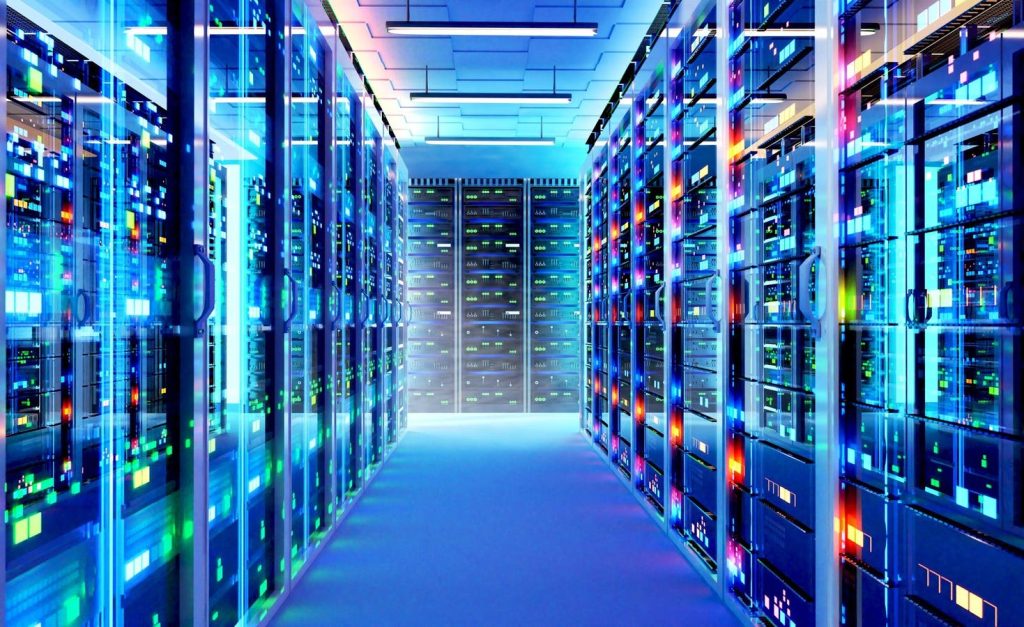The rapid expansion of data centers, fueled by the escalating adoption of artificial intelligence (AI), is poised to reshape global energy systems in the coming years. Traditionally, data centers consumed moderate amounts of power, typically around 5MW. However, the rise of AI, with its intensive computational demands, has led to a surge in “hyperscale” data centers, consuming over 100MW and representing a significant increase in electricity consumption. These massive data centers now consume as much electricity annually as hundreds of thousands of electric cars, reflecting the energy-intensive nature of AI processing. Simple AI-driven tasks like a single ChatGPT query consume significantly more energy than a standard Google search, highlighting the growing energy footprint of AI applications.
This shift towards hyperscale data centers is expected to accelerate as AI becomes increasingly integrated into everyday computing. Financial institutions like Goldman Sachs predict a substantial increase in data center power consumption due to AI, projecting an increase of approximately 200TWh per year between 2023 and 2030. This growth is largely concentrated in the U.S., which has seen a doubling of hyperscale data center construction in the past two years, though other major economies like China and the European Union are also experiencing growth in this sector. The scale of investment in AI and data centers by tech giants like Google, Microsoft, and Amazon now surpasses the investment of the entire U.S. oil and gas industry, underscoring the significant economic and technological shift underway.
The impact of this rapid expansion on global power demand is predicted to be transformative. S&P Global Commodity Insights projects a 10% to 15% annual growth in data center power demand until 2030, with data centers potentially accounting for up to 5% of total global power demand by that time. In developed economies, where power demand has been relatively stagnant, data centers represent a significant source of new growth, pushing demand up by 2% to 3%. In developing economies, where electricity demand is already robust, data center growth adds another layer to the increasing energy consumption. This surge presents challenges for electricity grids, as the lead time for new data center projects is significantly shorter than the time required to establish new power generation and transmission infrastructure.
The challenge of meeting this increasing power demand is further complicated by the long lead times associated with developing new power generation and transmission infrastructure. Data centers typically take two to three years to become operational, while new power supply projects require four to five years or more, and transmission projects can take even longer. This mismatch creates a potential bottleneck in the energy supply chain, necessitating careful planning and investment to ensure that the grid can handle the increased demand from data centers without compromising reliability or hindering other sectors. The pressure on grids is especially acute in regions experiencing rapid data center growth, where the existing infrastructure may struggle to keep pace with the surge in demand.
While leading technology companies have made significant commitments to procuring clean energy for their data centers, the impact on overall carbon emissions remains complex. Many have signed long-term power purchase agreements (PPAs) for renewable energy sources like wind and solar power. However, these PPAs can sometimes divert clean energy away from the broader grid, potentially leading to an increased reliance on fossil fuels to meet the remaining demand. This could necessitate the construction of additional gas-fired power plants or even prolong the life of aging coal-fired plants, counteracting the intended environmental benefits of renewable energy procurement by data centers.
In conclusion, the proliferation of data centers, driven by the burgeoning AI sector, presents a complex energy challenge. While the growth of data centers represents a significant economic and technological advancement, it also necessitates careful planning and investment in power generation and transmission infrastructure. The competition for renewable energy resources between data centers and the wider grid highlights the need for a holistic approach to energy transition. To truly realize the potential of a sustainable energy future, strategies must be developed to ensure sufficient clean energy supply for all sectors, while avoiding the unintended consequence of increasing reliance on fossil fuels. The balancing act between supporting the growth of AI and data centers and achieving global carbon emission reduction targets will require innovative solutions and collaborative efforts across industries and governments.

